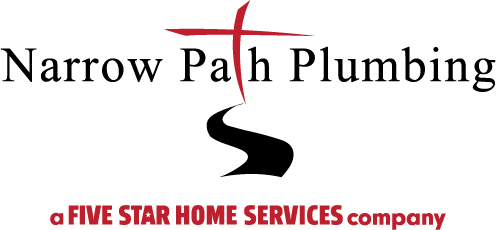There are several methods of water filtration and purification. Water filtration is the act of removing unwanted solids, microorganisms and chemicals from water. To filter water, it is passed through a medium that retains the solids and lets the water pass through. Filtered water can be important in preventing waterborne illnesses.
Some filtration methods include ion exchange, carbon absorption, ultra-filtration, ultraviolet radiation and reverse osmosis. Some of these methods may be more viable than others for your home or business. The following are methods of water purification to help you and your loved ones have access to the cleanest, freshest water you can have.
Ion Exchange
To do this exchange of ions, water is passed through a material that is a spherical resin made from a bead-like material. The ions in the water are exchanged with the ions attached to the beads. Usually ion exchange is used for water softening. It is often used in conjunction with other types of water filtration, as it does not remove microorganisms found in water.
Carbon Absorption
Carbon absorption is done by passing water through carbon filters. This removes tastes, smells, chemicals, gasses, and occasionally, microorganisms. This method has no effects on hard water, solids absorbed into water or heavy metals. Again, this method is a nice compliment to other types of water filtration.
Ultra-Filtration
In the ultra-filtration method, water is moved through a special filter that acts like a molecular sieve. Molecules are dissolved and removed by size. Ultra-filtration takes away certain particles, microorganisms, and colloids. This sort of water filtration uses little energy while providing high water quality.
Ultraviolet Radiation
This isn’t so much a method of filtration, as it does not remove particulate matter from water. This is a way to kill germs in water and make it safer for consumption. Ultraviolet radiation uses mercury lamps to inactivate microorganisms. With this method, a second form of water filtration is recommended.
Reverse Osmosis
Reverse osmosis uses hydraulic pressure and a concentrated solution to counter osmotic pressure. The purified water is then collected. Water treated with reverse osmosis lacks any sugar, salt, ions, and molecules that were dissolved prior to filtration. While this method needs less maintenance, it may not taste as pleasant as water treated in other methods such as carbon filtration.




